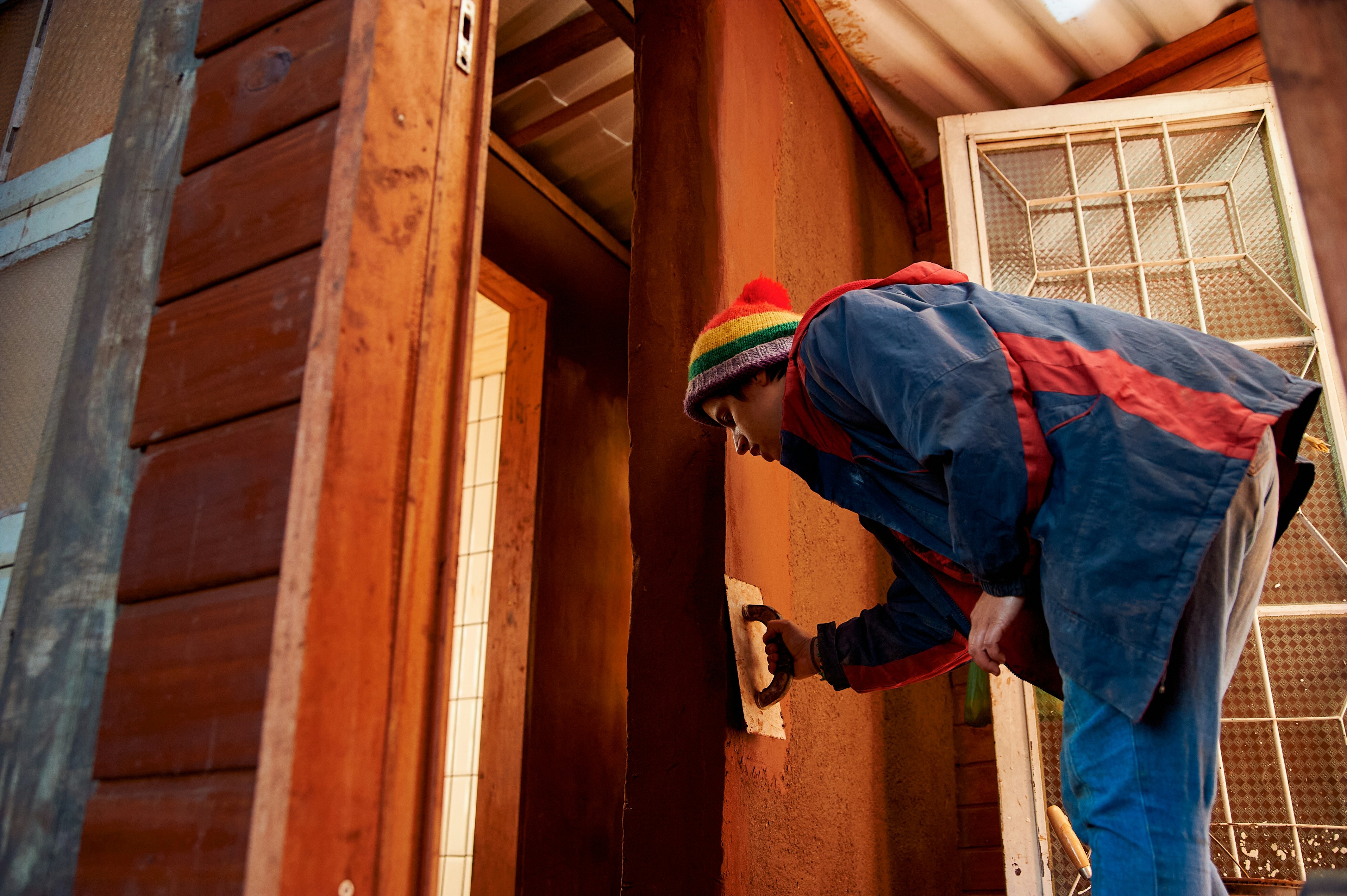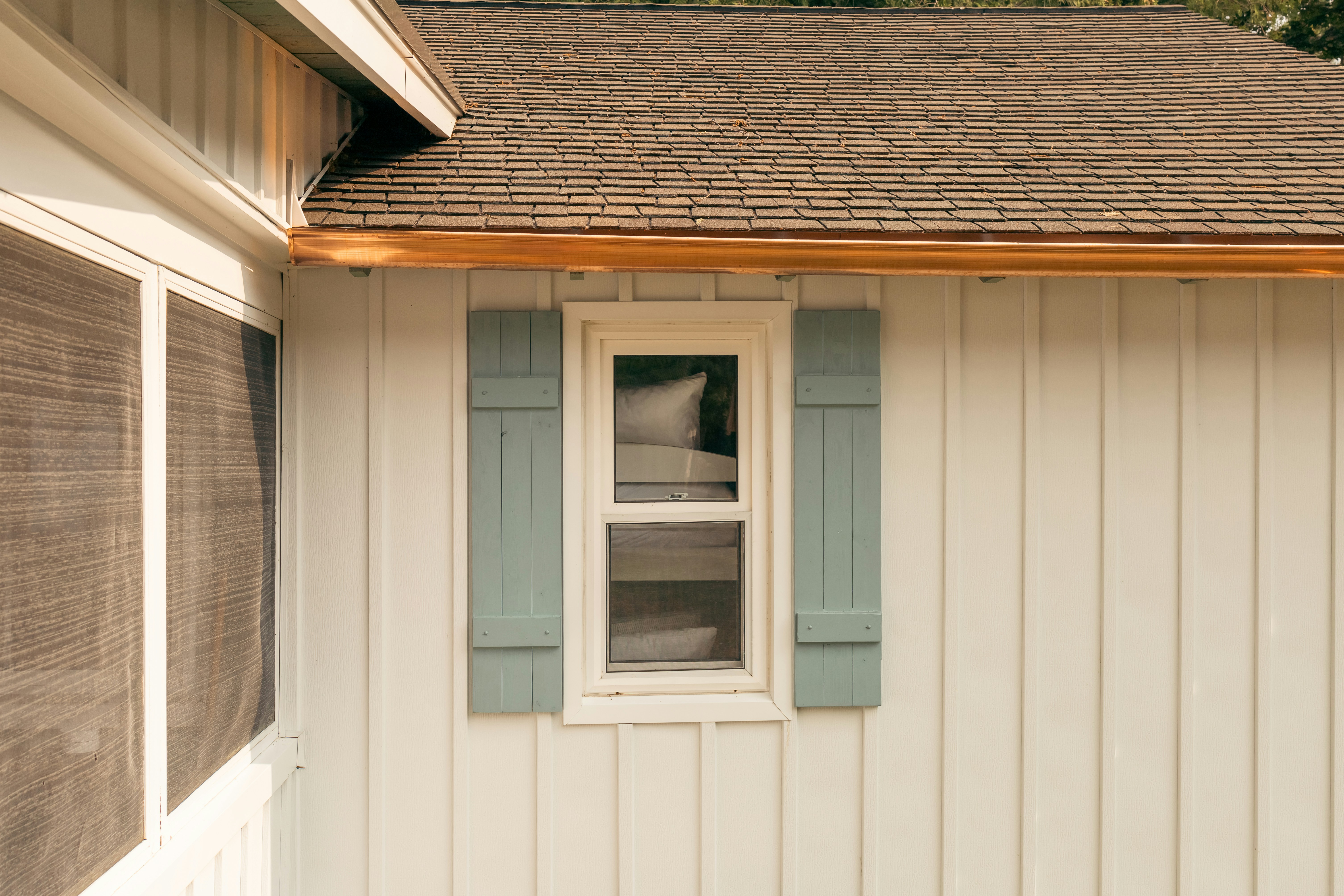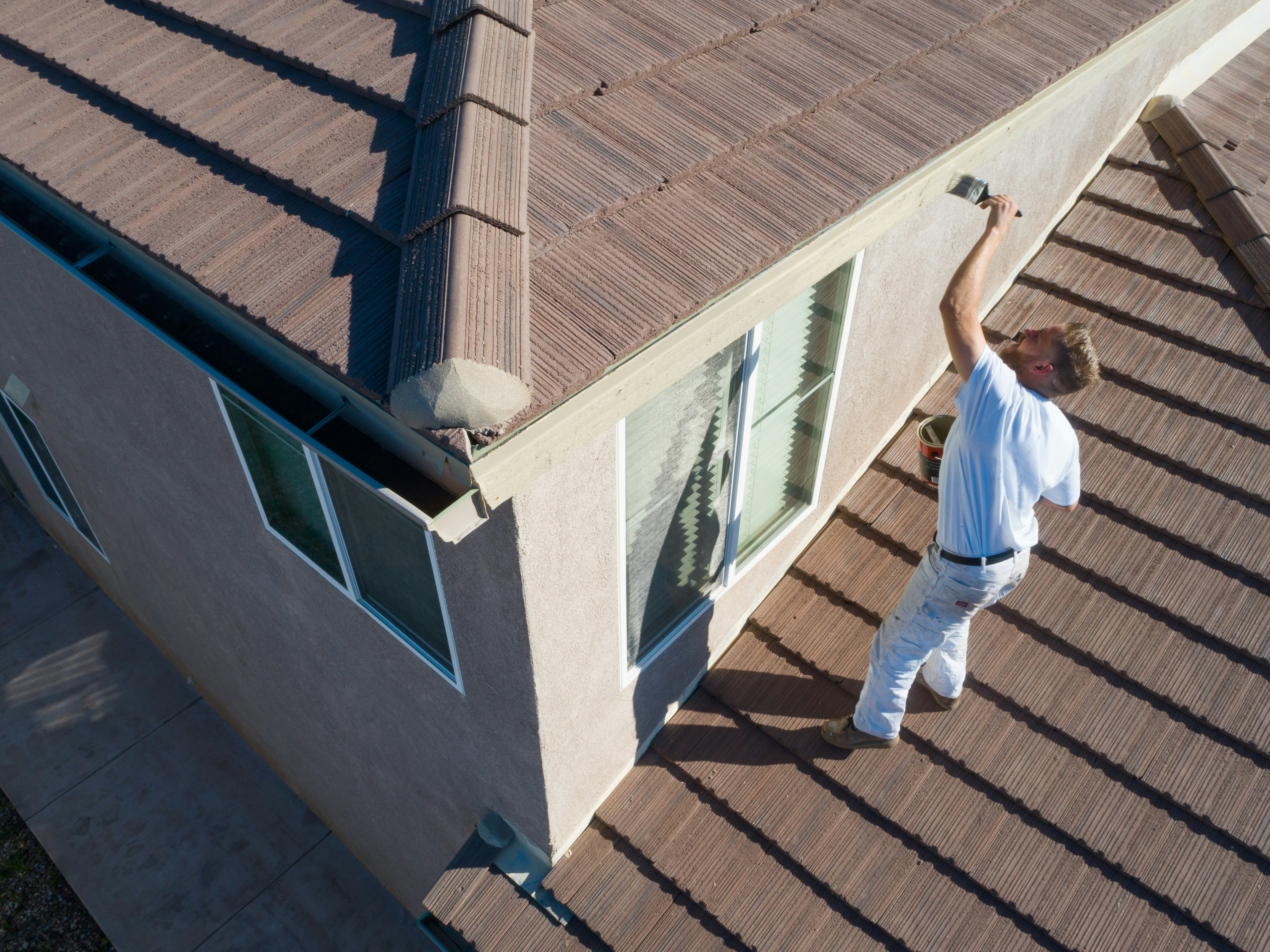Seattle, known for its picturesque landscapes and vibrant communities, is also no stranger to the challenges of dry rot that plague many residential structures in the region. Dry rot, scientifically referred to as "brown rot decay," is a fungal infestation that causes deterioration of wood in homes.
This insidious issue can compromise the structural integrity of buildings, posing serious risks to occupants and significantly devaluing properties. As such, understanding the nature of dry rot and the necessity for prompt residential repair is crucial for homeowners in Seattle.
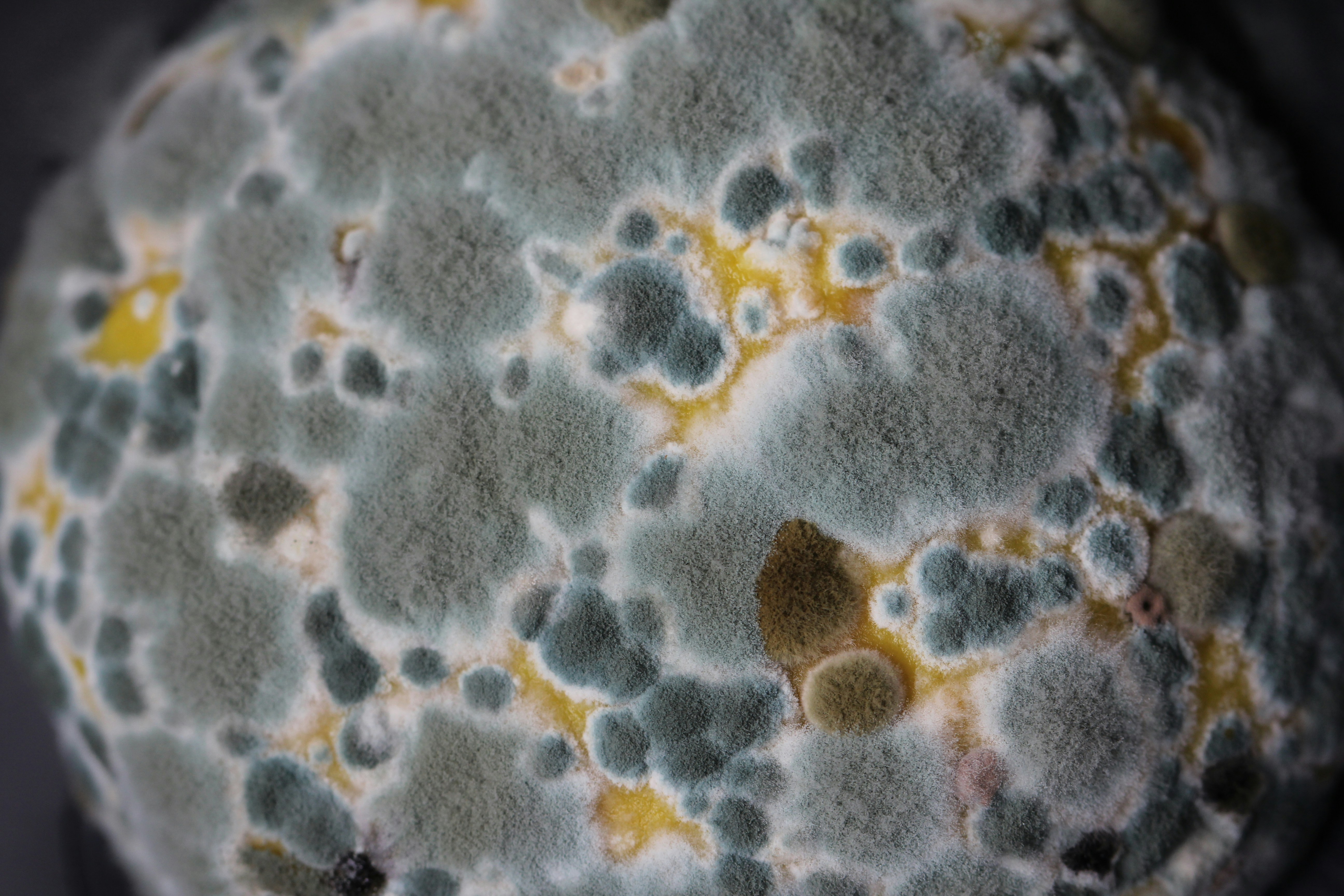
Definition of Dry Rot
Dry rot is a type of decay caused by fungi that thrive in moist environments where wood is present. Unlike wet rots that require high levels of moisture to flourish, dry rot can develop even at lower moisture levels due to its ability to draw moisture from surrounding materials.
The fungi responsible for dry rot break down cellulose within wood fibers, causing them to become brittle and crumble easily. This decay process can spread rapidly throughout a structure if left untreated, leading to substantial damage over time.
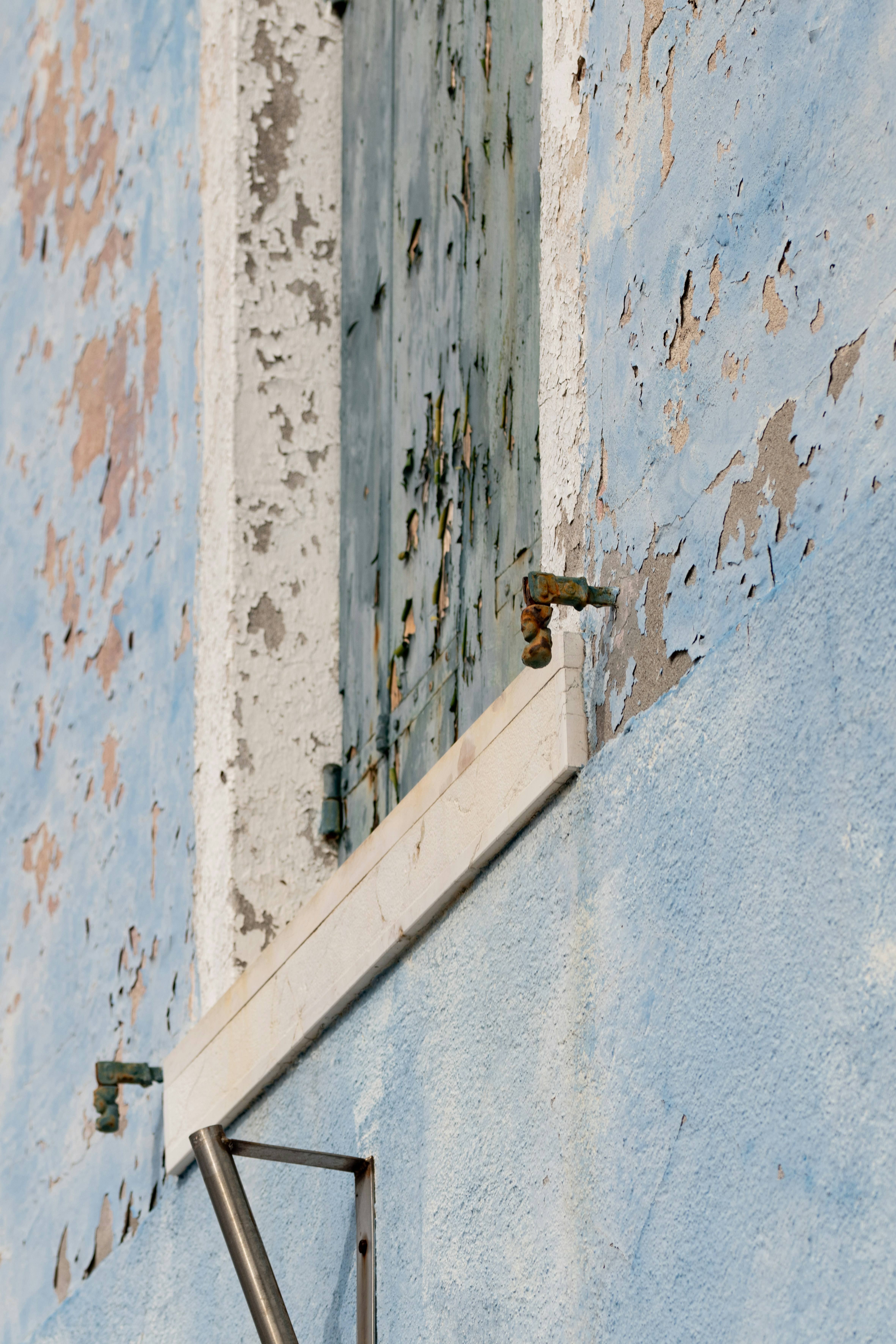
Importance of Residential Dry Rot Repair
The importance of addressing dry rot issues promptly cannot be overstated, especially in regions like Seattle where damp conditions are common. Failure to tackle dry rot problems could result in extensive damage not only to wooden elements but also potentially affecting other building materials.
Beyond the physical damage, untreated dry rot poses health risks as spores released by fungi can lead to respiratory issues and allergies among inhabitants. Therefore, investing in professional residential dry rot repair services is essential for safeguarding both the structural integrity and well-being of residents living in affected properties.

Overview of Seattle's Climate and its Impact on Dry Rot
Seattle's maritime climate characterized by mild temperatures and high humidity levels provides an ideal breeding ground for fungal growth, including the notorious dry rot fungi. The frequent rainfall and damp conditions prevalent throughout much of the year create an environment conducive to mold and decay within residential structures.
The presence of water intrusion points such as leaky roofs or poorly sealed windows further exacerbates the risk of developing dry rot in homes across Seattle neighborhoods. Understanding how these climatic factors contribute to the onset and progression of dry rot underscores the importance of tailored repair solutions designed specifically for this regional challenge.
Understanding Dry Rot
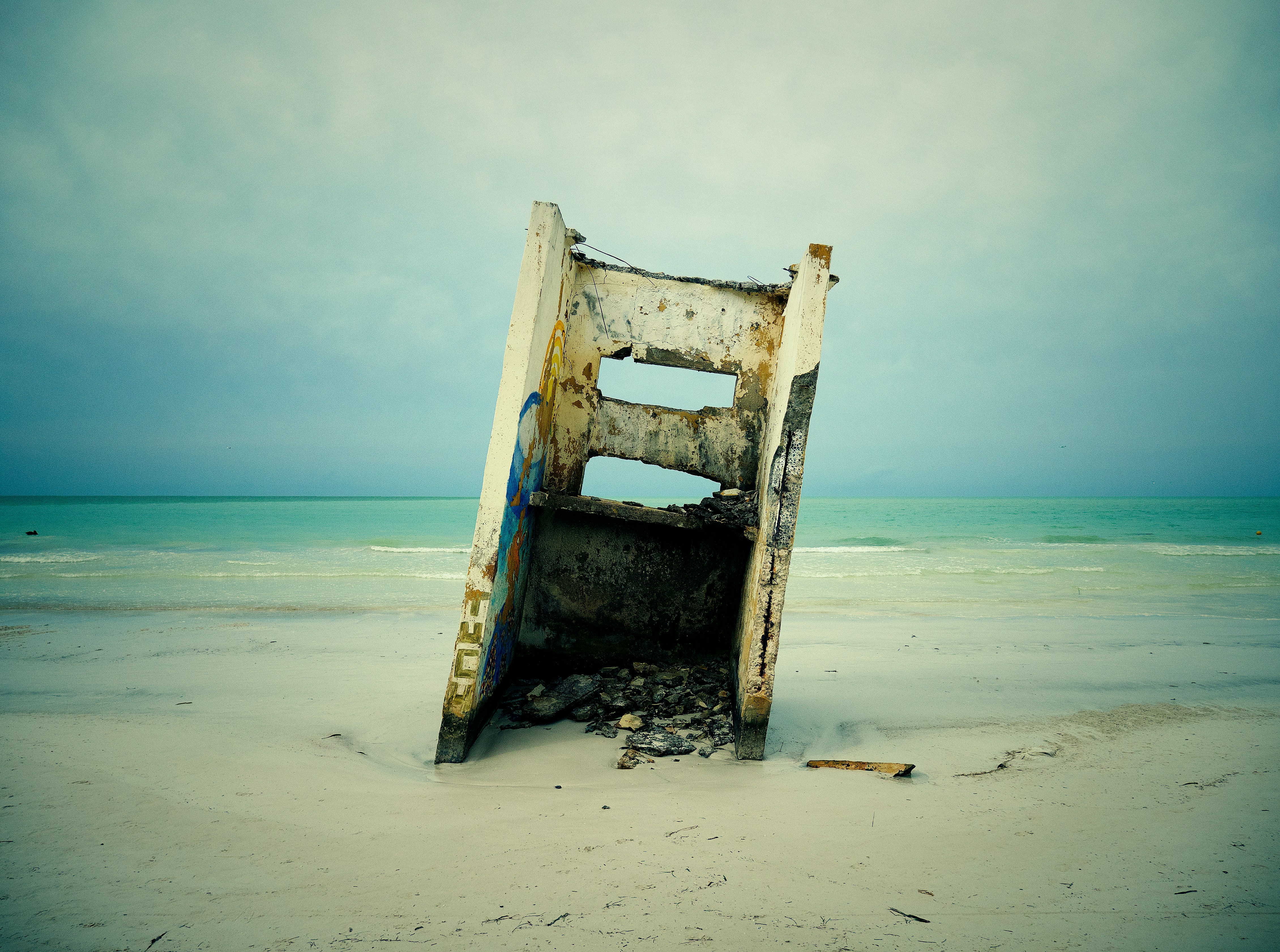
Causes of Dry Rot in Residential Structures
Dry rot, scientifically known as Serpula lacrymans, is a type of fungal decay that thrives in damp and poorly ventilated environments. In residential structures, dry rot typically occurs when wood is exposed to moisture for extended periods. Common causes include leaking roofs, plumbing leaks, or inadequate ventilation in areas such as basements or crawl spaces.
The moisture content in the wood provides an ideal breeding ground for the fungus to grow and spread rapidly. In Seattle, where the climate is characterized by high humidity levels and frequent rainfall, the risk of dry rot in residential buildings is significantly heightened.

Signs and Symptoms of Dry Rot Damage
Identifying early signs of dry rot damage is crucial to prevent further deterioration of a property's structural integrity. Common symptoms include musty odors, cracking or crumbling wood that feels spongy to the touch, and a distinctive orange-brown coloration on affected surfaces. As dry rot progresses, you may notice fungal growth resembling cotton wool or mushroom-like spore bodies emerging from the wood.
Additionally, warped floorboards, peeling paint or wallpaper, and visible strands known as mycelium could indicate an advanced stage of infestation. Regular inspections by homeowners and professionals can help detect these indicators early on.
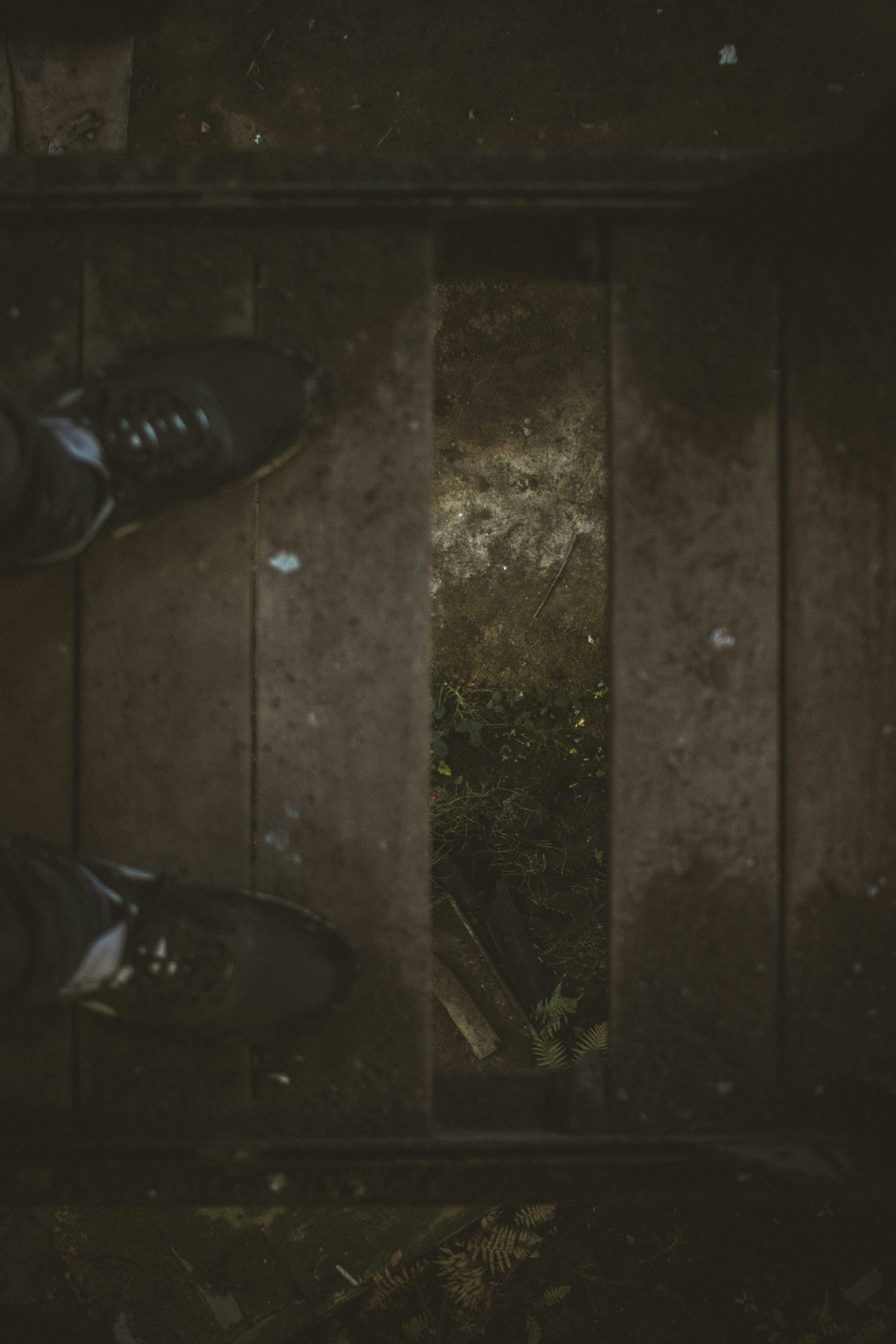
Risks Associated with Untreated Dry Rot
Failure to address dry rot promptly poses significant risks to both property value and occupant health. Structurally, untreated dry rot weakens wood components such as beams, joists, and support structures—compromising the stability of a building over time. This deterioration could lead to costly repairs or even endanger inhabitants if left unchecked.
Furthermore, prolonged exposure to airborne spores from dry rot fungi can trigger respiratory issues like allergies or asthma in sensitive individuals within the household. Therefore, it is imperative to prioritize timely repairs and maintenance efforts when dealing with dry rot infestations in residential settings.
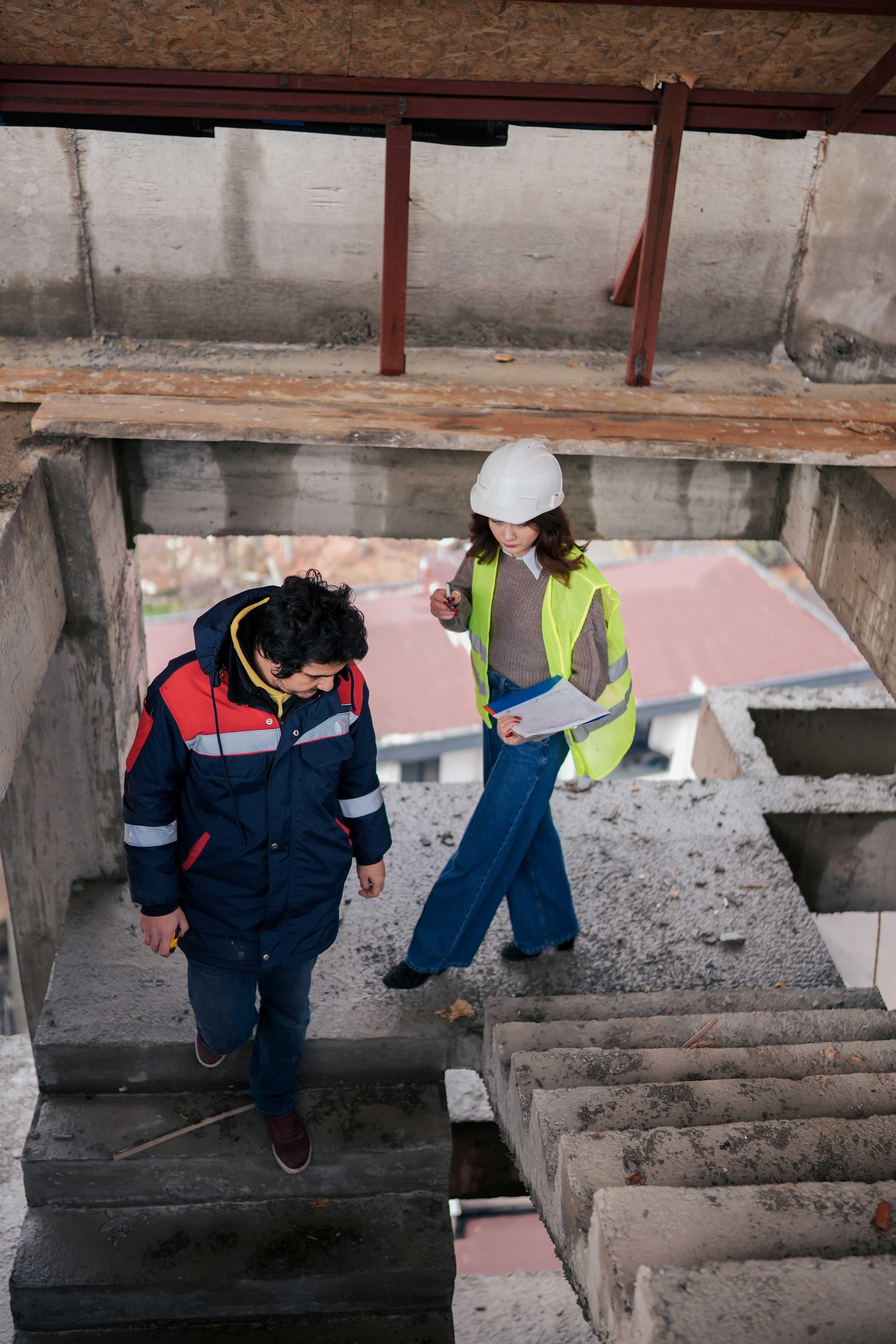
Inspection and Assessment of Damage
Before embarking on any residential dry rot repair project in Seattle, it is crucial to conduct a thorough inspection and assessment of the extent of damage. Hiring a professional inspector with expertise in identifying dry rot issues is highly recommended.
These inspectors are trained to detect hidden signs of decay that may not be visible to the untrained eye. They use specialized tools such as moisture meters and infrared cameras to pinpoint the affected areas accurately.
Hiring a Professional Inspector
When selecting a professional inspector for your Seattle home, ensure they have relevant experience in dealing with dry rot issues specific to the region. Look for certifications and qualifications that demonstrate their expertise in structural integrity assessments. A reputable inspector will provide a detailed report outlining the extent of damage, potential causes, and recommended repair solutions tailored to Seattle's unique climate conditions.
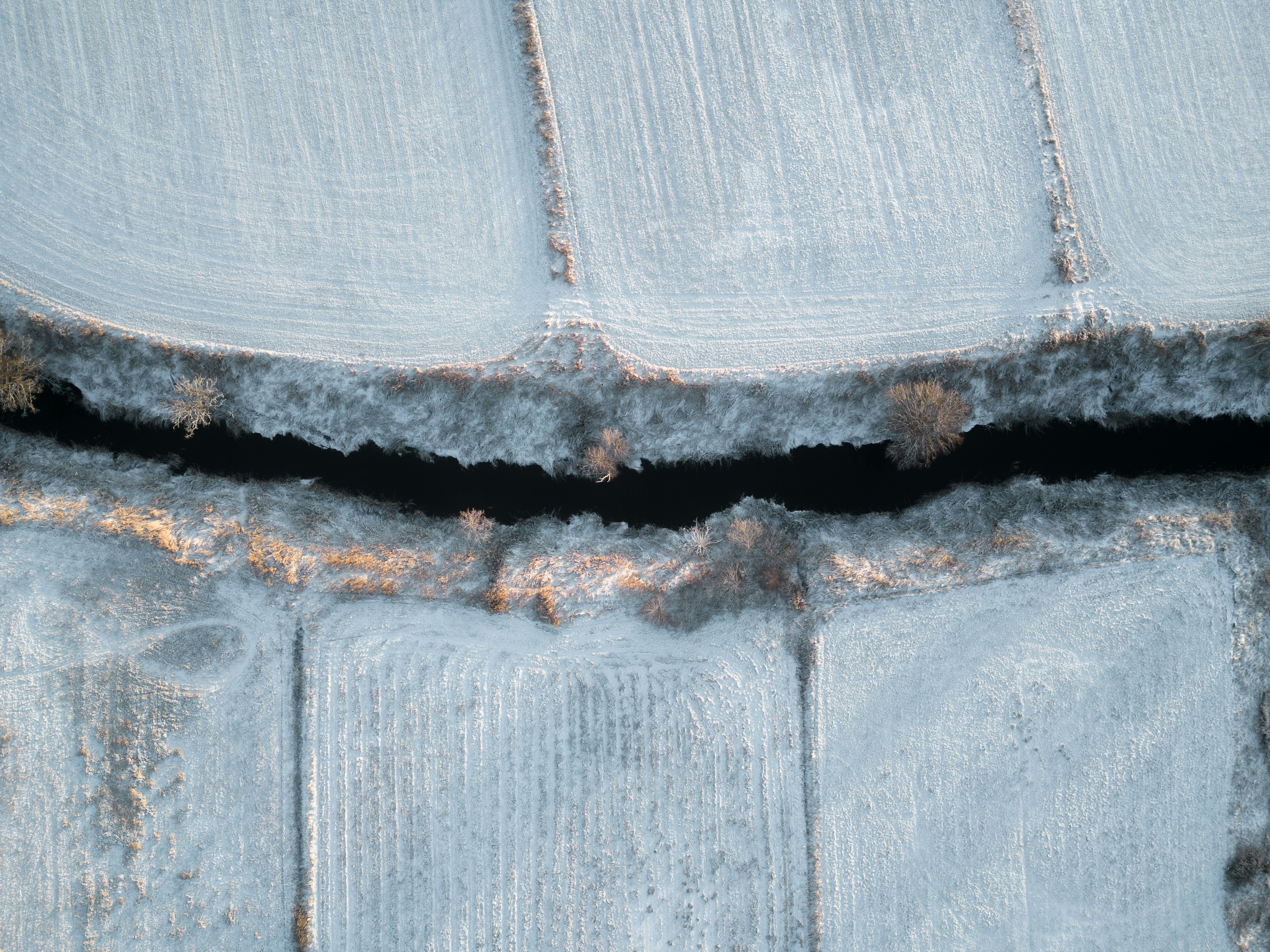
Identifying Areas Prone to Dry Rot in Seattle Homes
In Seattle, certain areas of residential structures are more susceptible to dry rot due to high humidity levels and frequent rainfall. Common trouble spots include exterior siding, window frames, decks, and areas near plumbing fixtures where moisture can accumulate. A comprehensive inspection will focus on these vulnerable areas to ensure all instances of dry rot are identified and addressed during the repair process.

Planning the Repair Project
After the inspection phase is complete, it is essential to meticulously plan out the repair project before initiating any work. This involves carefully considering various factors such as material selection, obtaining necessary permits and clearances, and creating a timeline for execution.
Choosing the Right Materials for Seattle's Climate
Selecting appropriate materials that can withstand Seattle's damp climate is imperative for long-lasting dry rot repairs. Opt for treated lumber or composite materials that are resistant to moisture damage. Consult with local suppliers or contractors familiar with Seattle's weather patterns to ensure you choose materials best suited for addressing dry rot issues in your home.
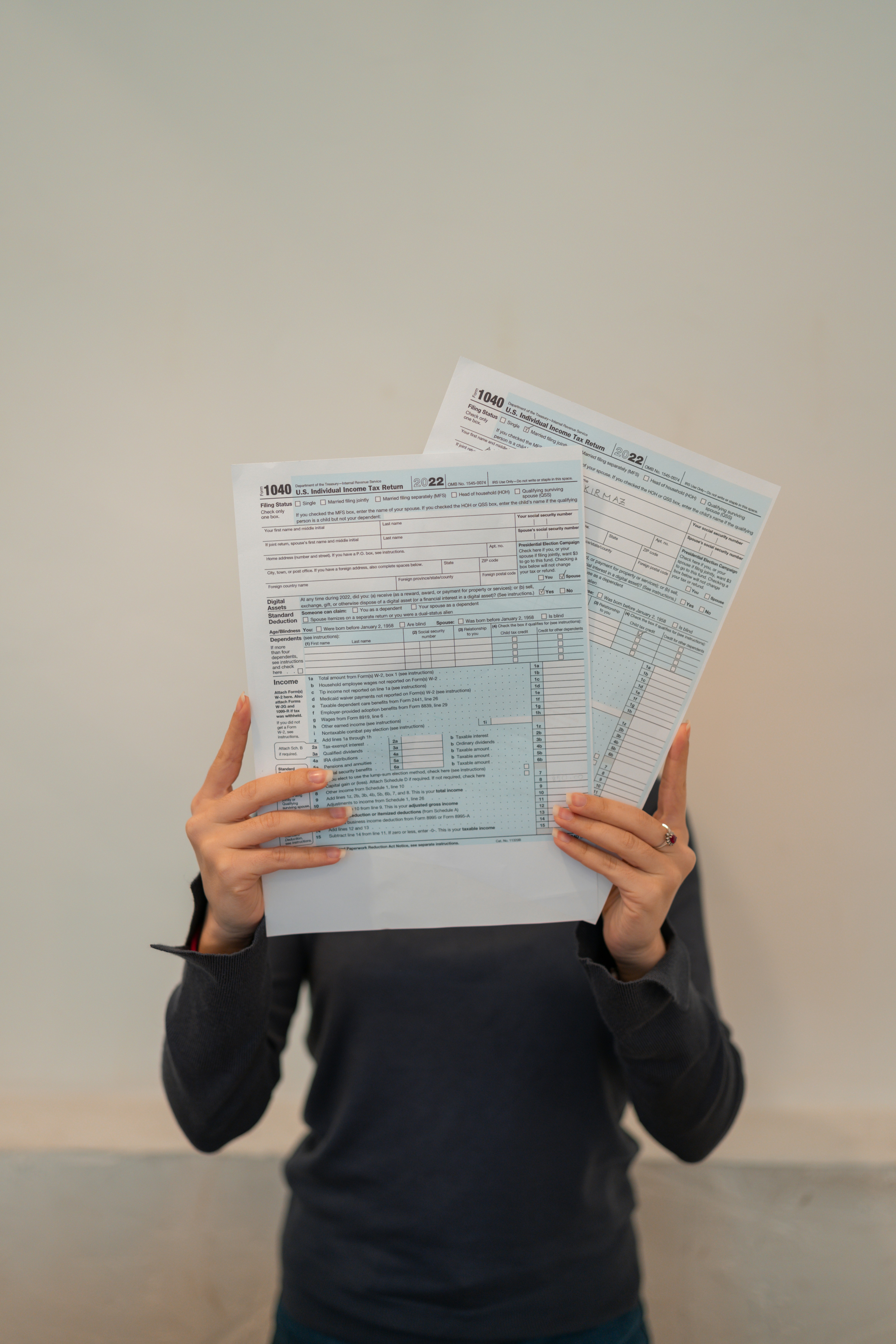
Obtaining Permits and Clearances
In Seattle, certain repair projects may require permits from local authorities before commencement. It is vital to obtain all necessary permits and clearances to avoid any legal complications down the line. Working with experienced contractors who understand the permitting process in Seattle can streamline this aspect of planning and ensure compliance with regulatory requirements.
Special Considerations for Seattle Residents:
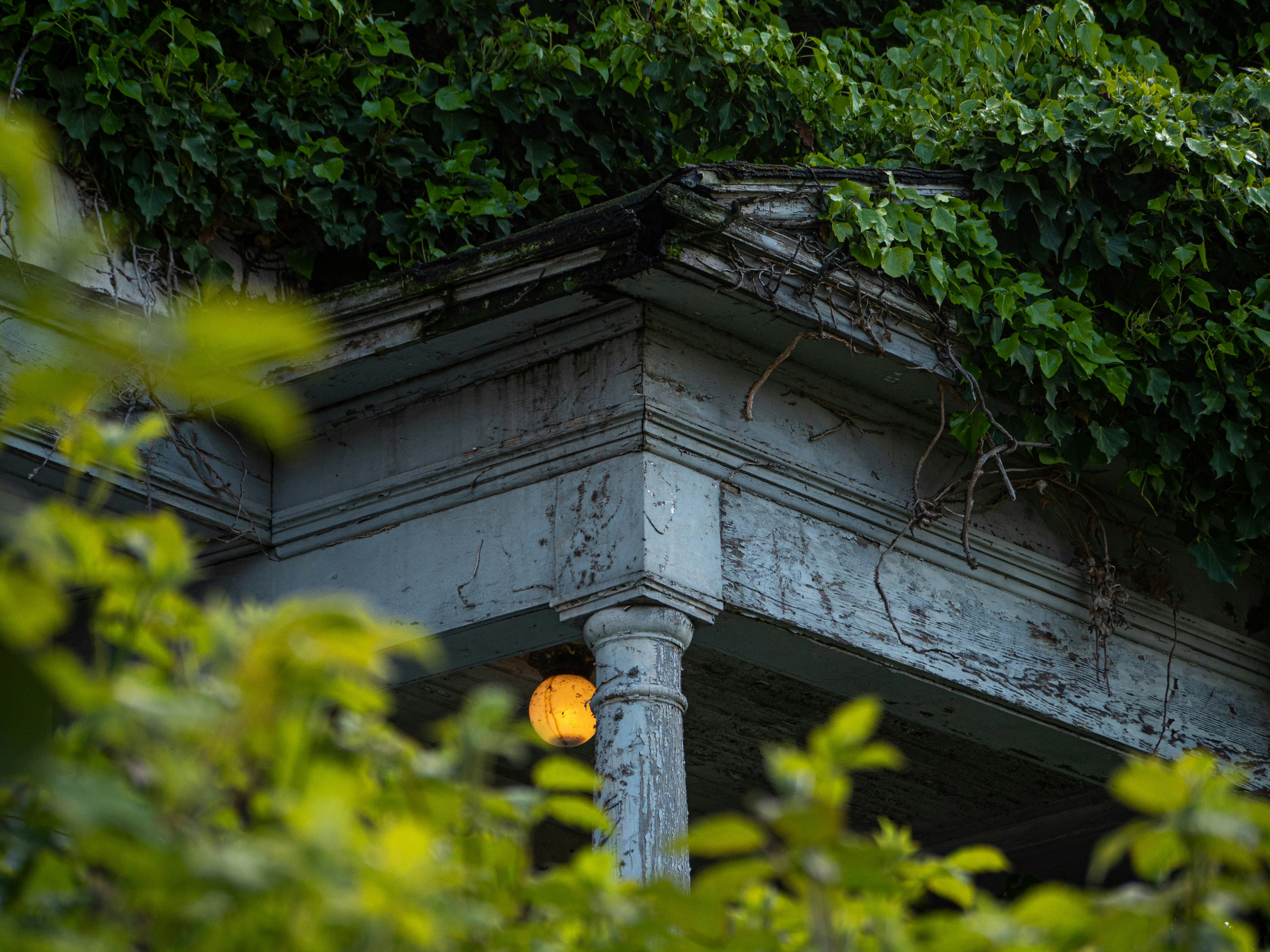
Impact of Humidity Levels on Dry Rot Growth in Seattle
Seattle's climate is characterized by relatively high levels of humidity throughout the year, which creates ideal conditions for the growth and spread of dry rot. The moisture content in the air, combined with frequent rainfall, can penetrate wooden structures in residential homes and provide a conducive environment for fungi to thrive.
This constant exposure to moisture accelerates the deterioration of wood, making Seattle homes more susceptible to dry rot issues compared to drier regions. To combat the detrimental effects of high humidity on dry rot growth, Seattle residents must prioritize proper ventilation and moisture control within their homes.
Installing dehumidifiers or exhaust fans can help regulate indoor humidity levels and reduce the risk of excess moisture accumulating within walls and crawl spaces. Additionally, utilizing vapor barriers and sealing any gaps or cracks in the building envelope can help prevent water intrusion and mitigate the potential for dry rot development.
Preventative Measures to Avoid Future Incidents
Implementing proactive maintenance strategies is crucial for Seattle homeowners looking to safeguard their properties against potential dry rot damage. Regular inspections of vulnerable areas such as roofs, decks, windowsills, and foundations can help detect early signs of moisture intrusion or wood decay before extensive repairs are required. Applying protective coatings or sealants to wooden surfaces exposed to the elements can also enhance their resistance to water penetration and fungal infestation.
Furthermore, practicing good landscaping habits by ensuring proper drainage away from the foundation and trimming vegetation near structures can reduce excess moisture accumulation around the home. Educating oneself on effective wood preservation techniques and promptly addressing any leaks or plumbing issues can significantly contribute to preventing future instances of dry rot in residential properties.
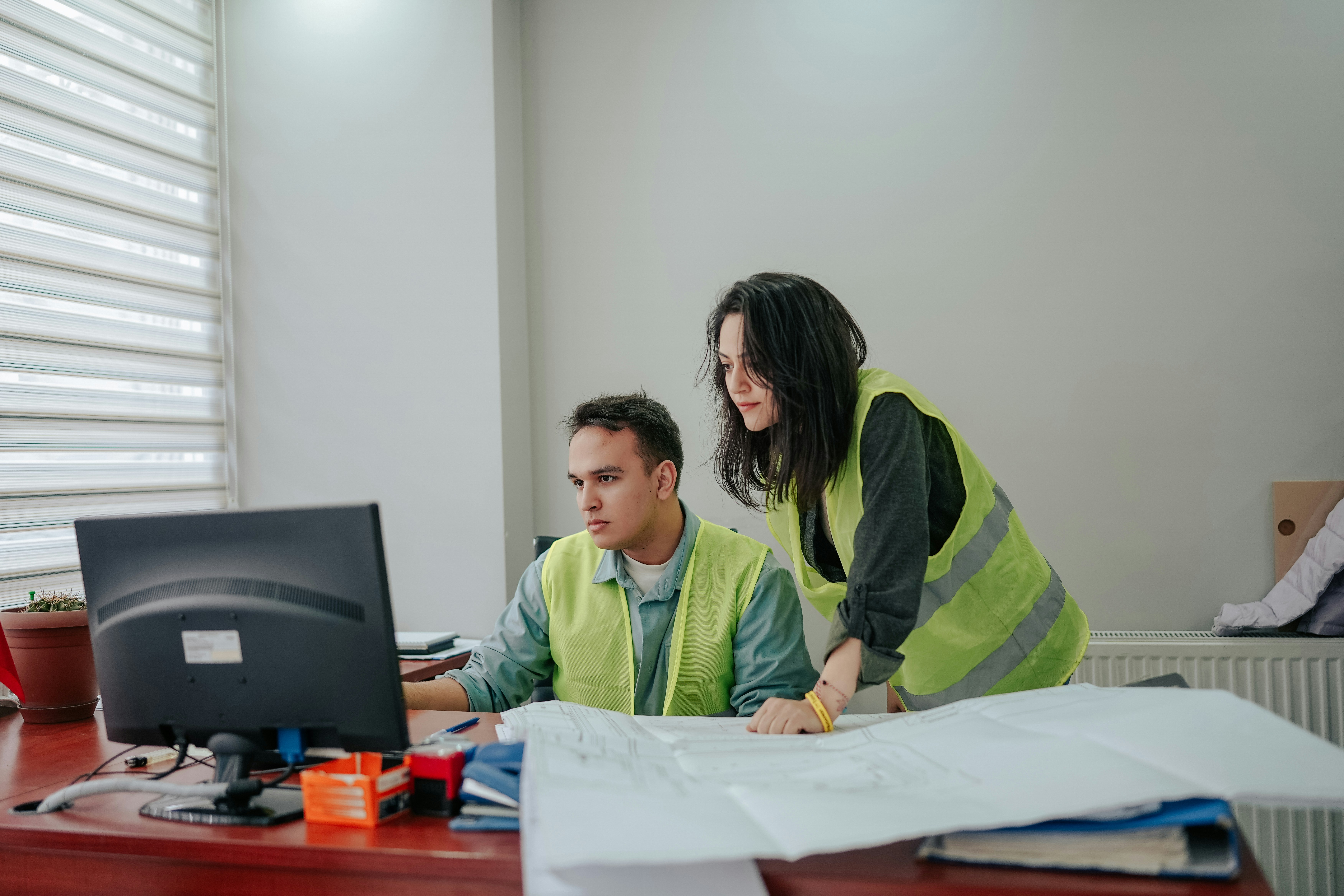
Working with Local Contractors Familiar with Seattle's Unique Challenges
When it comes to addressing dry rot issues in Seattle homes, collaborating with experienced local contractors who understand the specific challenges posed by the city's climate is essential. These professionals possess valuable knowledge about common problem areas prone to dry rot damage in Seattle residences and are equipped with specialized tools and techniques tailored to effectively tackle such issues.
Local contractors familiar with Seattle's unique weather patterns can offer tailored solutions that take into account factors like high humidity levels, frequent precipitation, and temperature fluctuations. By entrusting your residential dry rot repair needs to skilled professionals well-versed in navigating Seattle's distinct environmental conditions, you can ensure comprehensive remediation efforts that address both current damage and prevent future occurrences effectively.
Advanced Techniques in Residential Dry Rot Repair

Use of Moisture Meters for Detection
Detecting moisture levels accurately is crucial in identifying and addressing dry rot issues effectively. Moisture meters are invaluable tools used by professionals to measure the moisture content in wood and other building materials.
In Seattle, where the climate can be damp and humidity levels high, using moisture meters becomes even more essential. By pinpointing areas of elevated moisture levels, technicians can identify potential trouble spots where dry rot may be present or likely to develop.
This proactive approach allows for targeted inspections and intervention before significant damage occurs. Moisture meters come in various types, including pin-type and pinless meters, each with its own set of advantages.
Pin-type meters penetrate the material's surface to provide precise readings at specific depths, making them ideal for detailed assessments. On the other hand, pinless meters use electromagnetic technology to scan larger areas quickly without causing any damage to the material being tested.
Both types of moisture meters are highly accurate and help professionals determine the extent of water intrusion or condensation that may contribute to dry rot growth in residential structures. Utilizing moisture meters not only aids in detecting existing dry rot but also assists in preventing future occurrences by identifying sources of excess moisture within a property.
By regularly monitoring moisture levels in susceptible areas such as basements, crawl spaces, bathrooms, and kitchens, homeowners can stay ahead of potential issues before they escalate into costly repairs. Investing in professional inspections that utilize advanced techniques like moisture meter readings can ultimately save homeowners time, money, and stress associated with extensive dry rot damage.

Advanced Fungicidal Treatments for Long-Term Protection
In addition to repairing existing dry rot damage, applying advanced fungicidal treatments is paramount for ensuring long-term protection against fungal decay in residential structures. Fungi thrive in moist environments and can quickly spread if not properly addressed. Seattle's climate provides an ideal breeding ground for fungi due to its frequent rainfall and high humidity levels throughout the year.
As such, incorporating powerful fungicidal products into repair projects is essential for preventing future instances of dry rot. Professional contractors often use specialized fungicidal solutions that not only eradicate existing fungal growth but also create a protective barrier against future infestations.
These advanced treatments penetrate deep into wood fibers to eliminate spores and inhibit fungal regrowth over time. By incorporating fungicidal applications as part of the repair process, homeowners can fortify their properties against the destructive effects of dry rot while extending the lifespan of structural elements within their homes.
When selecting fungicidal treatments for long-term protection against dry rot in Seattle residences, it is crucial to choose products specifically formulated for combating fungal decay common to the Pacific Northwest region. By consulting with experienced professionals familiar with local environmental conditions and best practices in residential repair, homeowners can rest assured that their properties are safeguarded against the insidious threat of dry rot recurrence.

Case Studies and Success Stories
When it comes to residential dry rot repairs in Seattle neighborhoods, there have been numerous successful cases that showcase the effectiveness of timely intervention and expert craftsmanship. One such example is a charming Craftsman-style home in the Queen Anne neighborhood that was plagued by extensive dry rot damage in its wooden siding.
A team of skilled contractors systematically replaced the affected panels, treated the surrounding areas with high-quality anti-rot solutions, and restored the home's original beauty while ensuring long-term protection against future decay. In another inspiring case study, a waterfront property in West Seattle faced severe structural issues due to dry rot compromising its foundation beams.
Through meticulous planning and execution, a team of experienced builders reinforced the weakened sections with durable materials resistant to moisture and fungal growth. The successful repair not only saved the homeowner from costly reconstruction but also preserved the integrity of this unique coastal residence for years to come.
Testimonials from Satisfied Customers
The heartwarming testimonials from satisfied customers who have undergone residential dry rot repairs in Seattle echo a common sentiment of relief and gratitude for restoring their homes' safety and beauty. Mrs. Johnson, a resident of Ballard, shared her experience, stating, "I was initially overwhelmed by the extent of dry rot damage in my attic until I hired a professional team that handled the repairs with precision and care. Now, I can sleep soundly knowing my home is secure." Such testimonials emphasize the importance of seeking expert help when dealing with this pervasive issue.
Similarly, Mr. Patel from Capitol Hill expressed his satisfaction with a comprehensive dry rot repair project that transformed his aging bungalow into a structurally sound haven. He remarked, "The attention to detail and dedication shown by the repair specialists exceeded my expectations. My family feels safer knowing our home is free from hidden decay." These glowing reviews serve as testament to the skill and dedication of professionals who prioritize quality workmanship in every residential repair endeavor.
Conclusion
Summary of Key Points Discussed
In this comprehensive exploration of residential dry rot repair in Seattle, we delved into the definition and causes of dry rot, the importance of timely repairs, and the process involved in addressing this pervasive issue. We highlighted the impact of Seattle's unique climate on dry rot formation and provided insights into identifying, planning, and executing repair projects effectively. By discussing advanced techniques and special considerations for Seattle residents, we aimed to equip homeowners with a thorough understanding of combating dry rot damage in their properties.
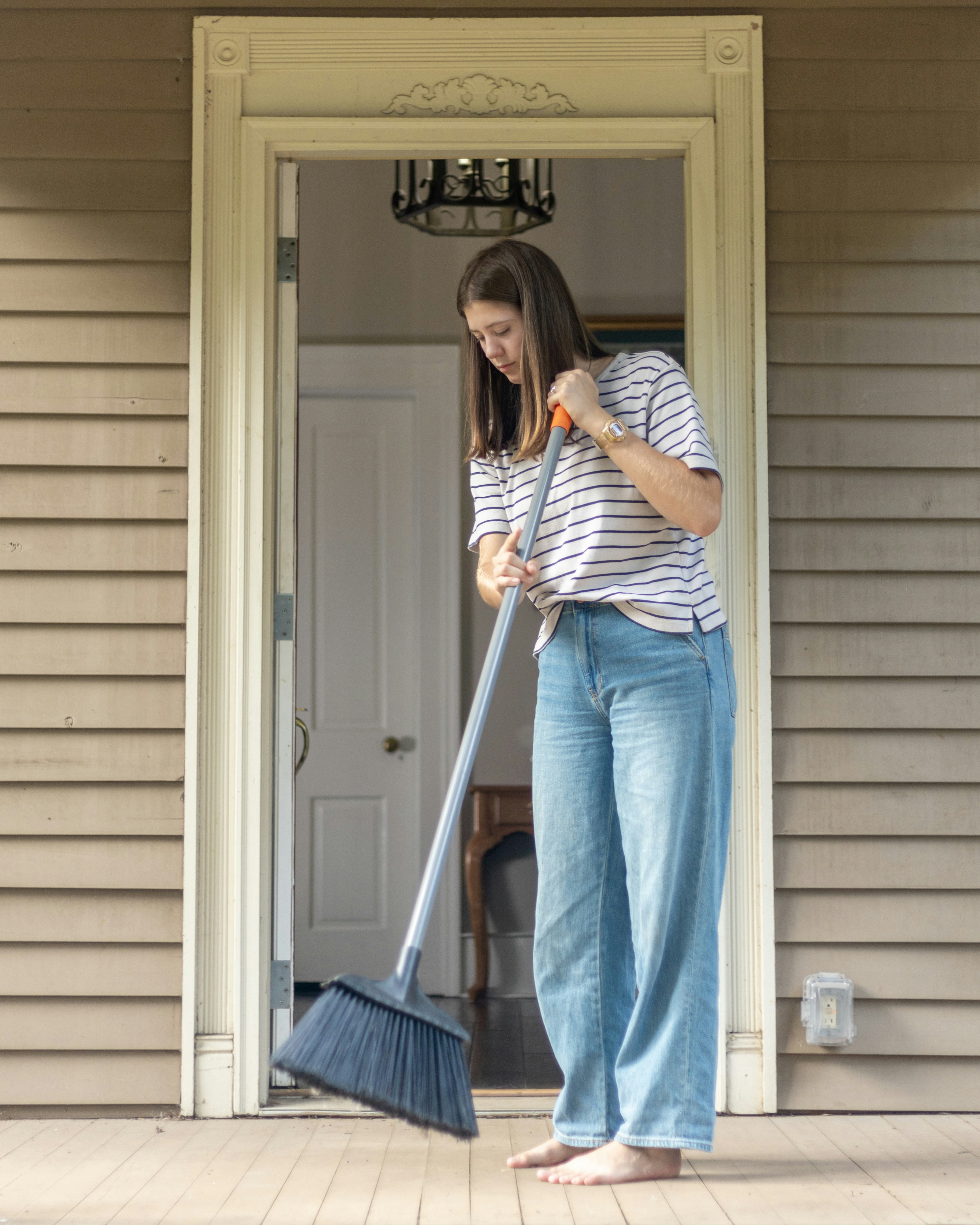
Encouragement for Homeowners to Address Dry Rot Issues Promptly
As stewards of our homes, it is crucial to prioritize maintenance and address issues like dry rot promptly. Neglecting such structural concerns can lead to extensive damage, compromised safety, and exorbitant repair costs in the long run. By taking proactive steps to inspect, detect, and repair any signs of dry rot early on, homeowners can safeguard their investment and ensure the longevity of their residential properties.
Remember that prevention is always more effective—and less costly—than cure when it comes to home maintenance. Through diligence and proactive care, homeowners in Seattle can protect their residences from the insidious effects of dry rot.
By staying vigilant for early warning signs such as musty odors or discolored wood, seeking professional inspections regularly, and investing in quality repairs using suitable materials for Seattle's climate conditions, residents can fortify their homes against this persistent threat. Let us approach home maintenance not as a burden but as a privilege—a chance to preserve our living spaces with pride and ensure that they remain safe havens for ourselves and future generations.

